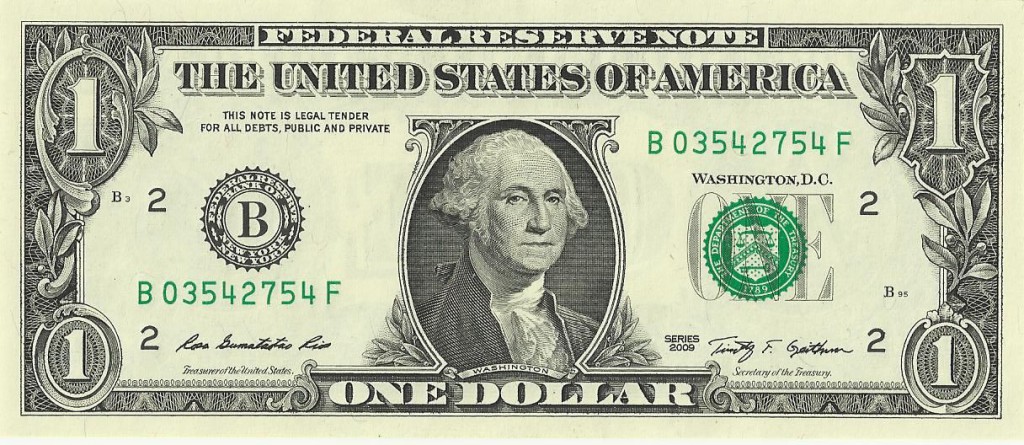May 4, 2016, by Will Leveritt
On this day 1778 Joseph Addison’s play Cato: A Tragedy was performed to the American Continental army encamped in Valley Forge
Text by Gary Fisher
The long winter of 1777 – 1778 which George Washington’s Continental army spent encamped in Valley Forge has entered into American folklore as the lowest point of the revolution with over 2,500 of Washington’s 12,000 soldiers dying of exposure, disease, and starvation, prompting Gouverneur Morris to describe the struggling revolutionaries as “an army of skeletons… naked, starved, sick, discouraged.”
It seems bizarre therefore that, in light of these crippling losses, Colonel William Bradford Jnr. would be able to record in a letter to his sister in May 1778 how “the Theatre is opened—Last Monday Cato was performed before a very numerous & splendid audience.” George Washington’s decision to end this demoralising winter by dedicating the Americans’ desperately limited resources to the construction a playhouse and staging a theatre production is made even more baffling when one considers the content of the play being performed:
Cato: A Tragedy was written by English playwright Joseph Addison in 1713 and, drawing heavily on Plutarch’s Life of Cato the Younger, tells the story of Cato the Younger’s last days of military resistance to the growing power of Julius Caesar at the city of Utica in North Africa. The play concludes when Cato, realising that his resistance to Caesar is doomed to fail, stoically falls on his sword rather than surrender and compromise his political ideals, only to learn just before he dies of his wounds that Pompey’s son has just arrived at Utica with a fleet of allied reinforcements and that “Were Cato at their head, once more might Rome Assert her rights, and claim her liberty.” With Cato’s suicide these reinforcements are thus rendered useless and his cause of upholding the Roman republican in the face of Caesar’s tyranny is doomed to failure.
This story of a republican cause doomed to fail in its struggle against a tyrant’s growing power would seem to make decidedly little sense as a choice of play to perform before an audience which has just endured a horrific winter in the name of such a cause. To understand the decision to stage a play which, on the surface, seems as though it would only serve to further demoralise its already discouraged audience one must take care to study the episode’s more immediate historical context within the Valley Forge encampment. While the Valley Forge encampment had in general been a dispiriting affair it is important to note that shortly before the staging of Cato the encamped soldiers had received news that on February 6th the Franco-American alliance had been signed in Paris and that French reinforcements were en route to support their flagging cause.
Thus within the Valley Forge performance the American revolutionaries, far from being dissuaded by Cato’s failure, can be seen to be both exploiting the similarities of theirs and Cato’s circumstances (a republican cause struggling in the face of an overwhelming opponent) but also the differences. Where Cato’s resistance failed because of his untimely suicide before the arrival of friendly reinforcements, theirs will surely succeed because they survived to see the entry of the French into the war.
This example serves to demonstrate how our engagement with the classical world is not always fixed and how our contemporary circumstances affect the nature of the ancient world’s reception in more modern times. Perhaps most importantly it serves as an example of how different regimes throughout history have used the ancient world as a medium through which to understand their own times, both in terms of where their own circumstances accord with ancient examples, and where they diverge.
No comments yet, fill out a comment to be the first


Leave a Reply